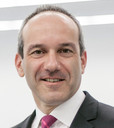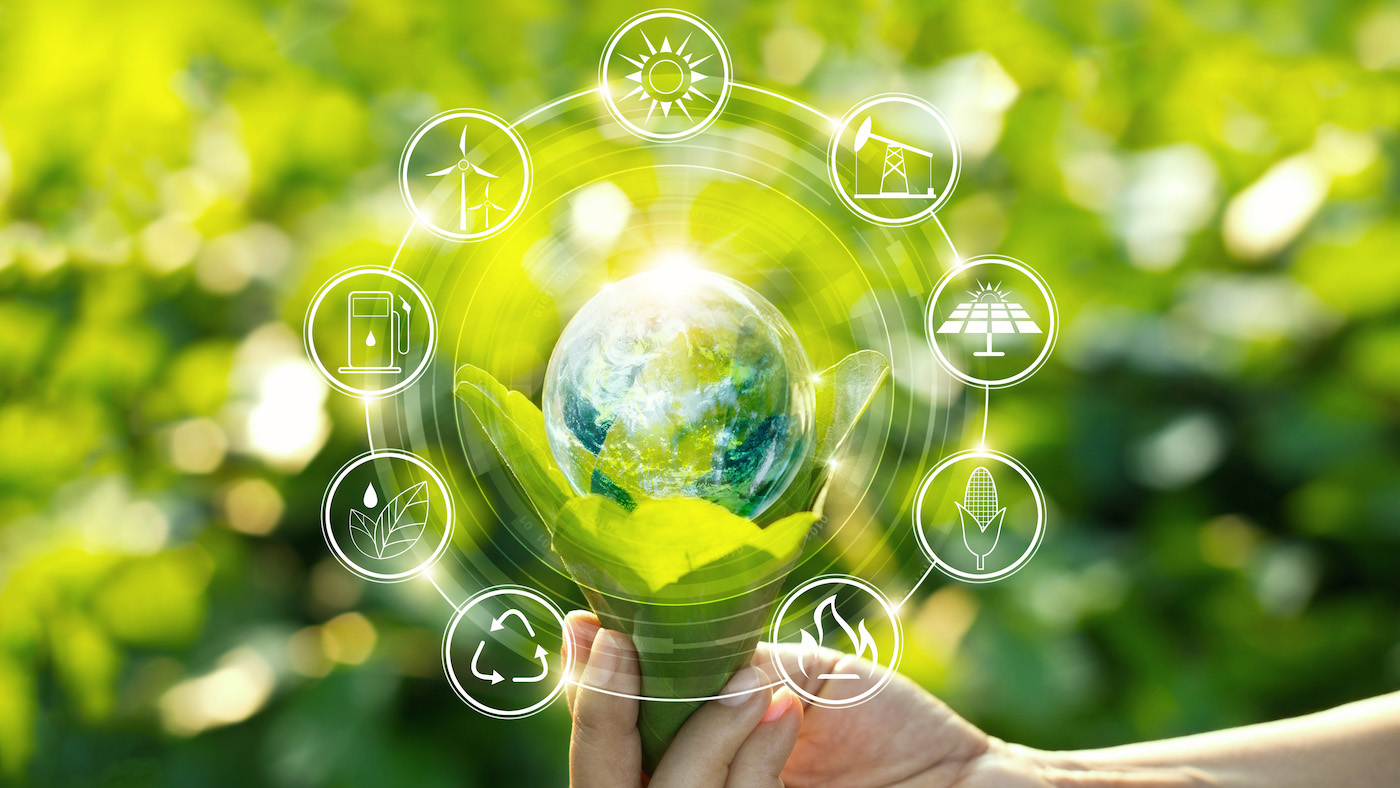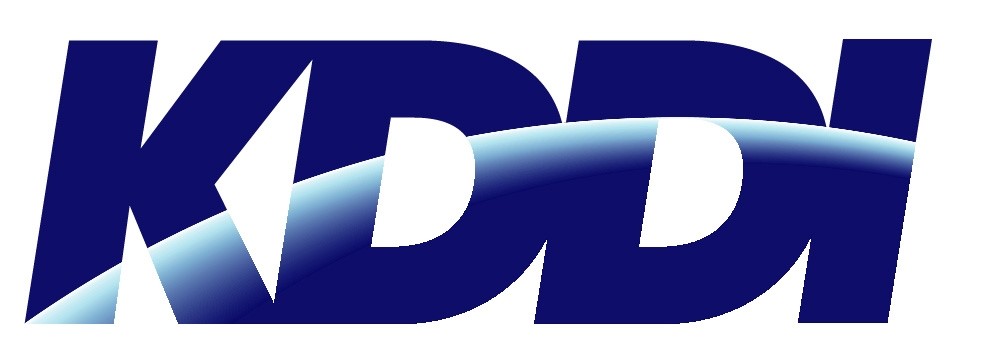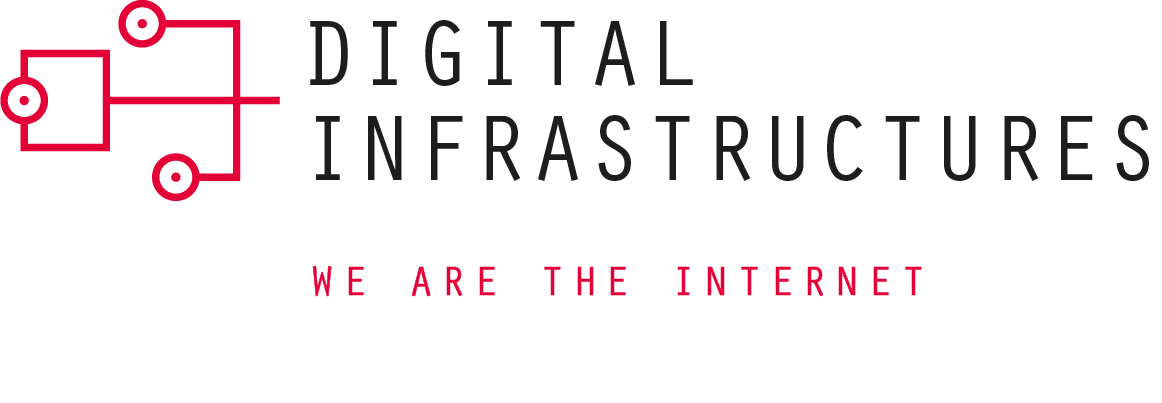Shining a Light on Sustainable Heat & Energy – A Data Center Perspective
Dr. Béla Waldhauser from Telehouse and the Alliance for the Strengthening of Digital Infrastructures looks at the opportunities for data centers to contribute to a green future.
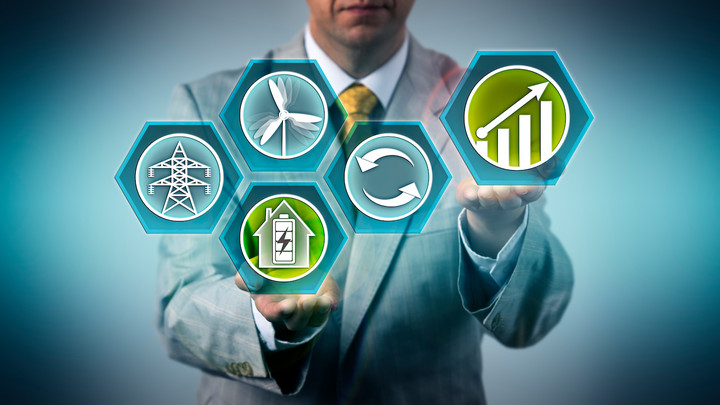
© LeoWolfert | istockphoto.com
Data centers have often received bad press in recent years for being energy hungry and not environmentally sustainable. While it cannot be denied that data centers require a lot of energy, I nonetheless take issue with the accusation. Strange as it may seem, there are still a lot of people who do not understand why we still need data centers when we all have smartphones – which is a bit like saying we don’t need roads if we have cars.
There seems to be a broad lack of understanding of the role of data centers and other digital infrastructure in running the digital world we all take for granted. So, firstly, I would like to dispel the myth that we can do without data centers in the modern world, and thus solve the sustainability issue. And moving on from that, I would like to take a few moments to explore the ways in which European data center operators are working to contribute to attaining the climate goals set by the EU in the European Green Deal.
Digital infrastructure – essential factor for any business location
The simple truth is that an essential factor for any business location is digital infrastructure – in referring to such infrastructure, we’re talking about data centers for housing and processing data (even if you access that data via an app on your mobile phone), fixed and mobile broadband networks for transporting data, and Internet Exchanges for ensuring highspeed interconnection between networks to exchange data. These represent the warehouses, transport systems, and logistics interchanges of the digital economy. Every developed business nation requires reliable, capable digital infrastructure to participate in the economic generation of value in the 21st century.
The Alliance for the Strengthening of Digital Infrastructures in Germany, which was founded under the umbrella of the eco Association in 2018, has the goal of raising the level of knowledge and understanding of decision makers in politics and industry about the importance of digital infrastructure. Two of the eco Association’s and the Alliance’s demands for policy development are a) Accelerate the energy transition and the expansion of renewable energies, and b) Create a framework for systematic heat recovery – both of which relate closely to the question of how sustainable data centers are able to be.
Because, yes, data centers consume electricity – there’s no way around this fact. When you use an app on your mobile, a machine in a data center somewhere springs into action to provide you with the data, the images, the tools of communication. And the power that you consume by re-charging your mobile phone is only a fraction of the power that it requires to provide you with all the services you use on the phone. Firstly, there is the power used by the server in the data center and all of the associated data centers infrastructure. But even more fundamental than that is the energy associated with the transmission of the data through different kinds of networks. As the graph below illustrates, the gapless rollout of fiber-optic networks – another of the Alliance’s demands – is essential to bringing down the C02 footprint of digitalization.
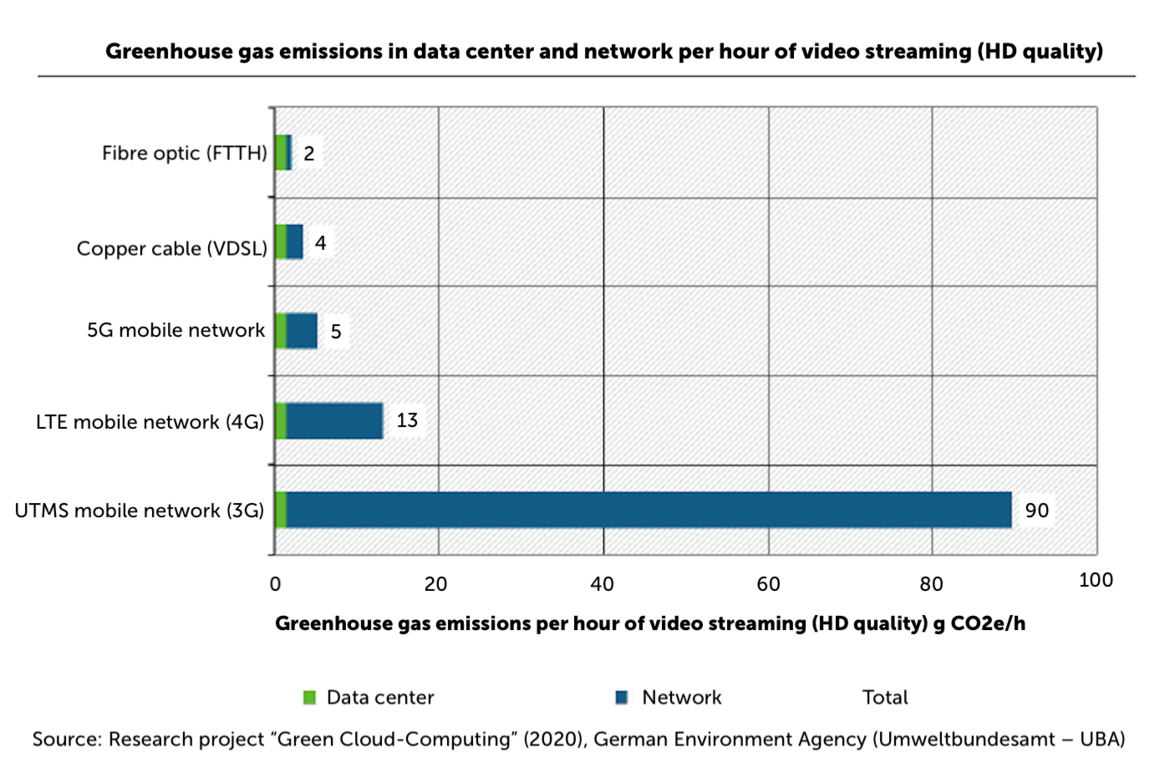
Giving data centers access to green power
To run all of the digital applications that people use for their work, their interactions with friends, their banking, their entertainment, and their online shopping (regardless of which type of device we are talking about) – not to mention for smart factory and mobility concepts, and all of the critical infrastructure like smart power grids, finance, traffic control, etc. – data centers need extremely reliable power. This should preferably come from several sources, to ensure continuity of service in the case of hiccups in one type of power provision. And as operators, we are highly dependent on the national framework conditions for electricity generation within any given country or region. In Germany, for example, where the phase-out of coal for power generation is to take until 2038, it is a challenge for data center operators to access “clean” power. An acceleration of the energy transition in Germany would thus be of great benefit to the provision of green digital services. Other European countries, such as those in Scandinavia, have different power generation options, which means that their data center operators have access to not only clean, but also much cheaper power to run their infrastructure. So we see – even just looking across Europe – a hotchpotch of rules and regulations for power generation. On this topic, our Alliance calls for locations in Europe to be able to operate on an equal footing and also under comparable conditions and a level playing field through an industrial electricity price for digital infrastructure providers.
Don’t get me wrong – data center operators around Europe are doing everything they can to minimize their carbon footprints. Where feasible, some operators are sourcing power from renewable power plants, such as AWS, whose Renewable Power Purchase Agreement has provided the funding to build in a major photovoltaic system, and windCORES, who are building data centers directly into wind turbines and using the wind power to supply the data centers directly. These and other projects are covered in more detail in the Alliance’s study, Data Centres in Europe – Opportunities for Sustainable Digitalisation – Part II, undertaken by the Borderstep Institute and with the kind support of the Vodafone Institute.
Equally, data center operators in Europe are ahead of the game when it comes to energy efficiency, with Europe boasting some of the most energy-efficient operations in the world. Central to optimizing energy efficiency is the question of the heat generated by servers in the data center and the resulting need for cooling. There is a spectrum of technological approaches to this, ranging from increasing the temperature at which the servers can operate, through to finding alternative solutions for efficient cooling or heat extraction. One example of innovative cooling is the company Cloud&Heat, which produces hardware and cloud infrastructure that uses direct water cooling with hot water, through which – as explained by Jaime Comella from Cloud&Heat – a 26 percent saving can be made in comparison with the energy consumption of traditional air-cooled data centers.
Transforming waste heat into a valuable energy source
But it’s not only about reducing the consumption of power – another aspect also dealt with in our study is the recovery and re-use of heat generated in data centers. This is a fascinating and exciting topic, because it allows data center operators to become a part of the energy supply chain. The heat – which can be used to heat offices and apartments, for example – would otherwise be expelled into the air as a form of waste. This heat, as a by-product from another activity, can be seen as a natural and renewable resource; just waiting to be utilized, in itself an almost emission-free heat source. Many data centers are already providing heat for their own offices and conference rooms from their residual heat, but there are a number of significant challenges for operators to find external users of their heat.
This is a topic I recently discussed with colleagues from the Netherlands, and they are facing the same obstacles that we see in Germany – the complexities range from gaining the agreement of power companies to work together with them on providing heat, to the planning and building of new data centers and new residential complexes so that they are both connected to the same heating networks, and onwards to the willingness of developers to invest additionally now in order to be able to provide environmentally friendly heating to future residents.
Creating the conditions to make waste heat recovery feasible
There is the added challenge that the waste heat may actually not be hot enough for the heating networks, which means that there is the need to use more power to bring the temperature up further before it can be fed into the network. In order to make waste heat recovery economically and ecologically feasible, we need modern low-temperature heating networks. Older technologies require much higher temperatures, which increases the challenges for data center operators. Currently in Germany, suppliers of heat face a double-whammy: not only do many of the heating networks comprise older generations of technology, but also the electricity used to power a heat pump to bring the heat up to a usable temperature is subject to the Renewable Energy levy (EEG). This makes the provision of heat in this way economically unfeasible, which is part of the reason why there are thus far so few use-case examples in operation in Germany.
This is in stark contrast to the Netherlands, as Erik Barentsen from the Dutch Data Center Association explained in the discussion, where data center residual heat was actually accepted as a sustainable heat source in late 2018. This means that residual data center heat can actually be an advantage when it comes to calculating the energy efficiency of buildings, making it a more attractive prospect for large-scale real estate developments. Taking the combined total of residual heat from data centers in the Netherlands, Erik and his team have calculated that they can heat approximately one million households, reducing CO2 emissions by around 600 kilotons. What’s more, in 2020, two of the larger cities in the Netherlands – which host roughly 75 percent of the data center floorspace of the country – published policies stating that new data centers need to make their waste heat available for other purposes, mostly for district heating systems.
However, Erik Barentsen also conceded that it remains a challenge for property developers in the Netherlands to enter into a contract with a heat supplier who only has one heat source and does not have a long-standing operational history, because they need to give the apartment users the guarantee that they are providing heat from a reliable source. This will be a challenge for heat recovery projects everywhere – a data center can contribute to the heating of other premises, but there will be times of the day, and times of the year, where the data center cannot necessarily provide sufficient heat. There is a need for different providers of energy to work together. This is exactly what we need in order to stay on track for the energy transition, according to Arjan Westerhoff from Equinix. Looking into the future of sustainable energy, we will need a lot of new and diverse types of power from a range of sustainable sources. There is no one single solution, which means that data center waste heat needs to be embedded into the energy system as one of the many sustainable forms of energy generation.
Light at the end of the tunnel – working together to create a green future
At the end of the day, there needs to be a change in attitude among energy suppliers, city planners, property developers, and, last but not least, governments. Wherever heat is produced as a by-product, like in the data center, it should be mandatory for this heat to be taken into heating networks if at all possible. In Germany, there is no obligation for developers to take the heat, or for energy suppliers to work in partnership with data centers as producers of heat – and, of course, an energy supplier can take the position that a partnership is not in their best interests, because they can then sell less heat themselves. What’s more, centralized production and distribution is not a common framework. For the green cities of the future, we need to transform our entire approach to creating and distributing heat, to move away from every house having its own independent – and therefore less efficient – heating system. Here, the Data Parks in Sweden, where data centers are planned and built from the outset to contribute to the district heating of the surrounding neighborhood, can provide us with a model for future city planning.
We do have the first projects to shine a light on the future potential of heat recovery from data centers. Arjan Westerhoff from Equinix offers the example of the Equinix AM3 data center in Amsterdam, which provides heating for the University of Amsterdam. Coming back to Cloud&Heat: the company has a project running in Dresden to heat a smaller number of apartments. In that project, they have a contract with the local energy provider, which already has a district heating connection available at the site, meaning there is always a guaranteed energy supply and Cloud&Heat contribute surplus heat in the form of waste heat. Furthermore, offices and a restaurant in the Eurotheum skyscraper in Frankfurt are already benefitting from the heat generated by the Cloud&Heat data center housed in the building. The latter example, according to Jaime Comella, brings in savings of around 190,000 Euro per year in cooling costs, and around 65,000 Euro per year in heating costs, as well as reducing CO2 emissions by 710 tons per year.
I am fortunate, in the German context, to be cooperating with a property developer and an energy supplier for the building of thirteen hundred apartments in Frankfurt, to be heated partly by the residual heat from my Telehouse data center – fortunate, because the data center is directly across the road from the development and connected to the same heating network, which reduces the number of challenges faced getting the project off the ground. The challenge here will be to bring the heat up from 30 degrees to the 60-70 degrees required in the heating network: we also need to cooperate with an energy supplier, in this case Mainova, because we cannot provide enough heat for thirteen hundred apartments all the time, 365 days a year, especially in wintertime. From my knowledge, this will be by far the largest project in Germany where residual heat from data centers is used for residents.
So there is light at the end of the tunnel. Data center operators are able and willing to contribute to reducing their CO2 footprint, while continuing to provide essential services to companies, governments, and individuals. But we can’t do it all alone, and certainly not when regulatory obstacles make it economically unfeasible to behave more sustainably. To achieve the targets of the European Green Deal, the role of data centers – as the factories of the digital economy, as forerunners in energy efficiency solutions, and as potential contributors of energy in the form of heat – needs to be recognized, not penalized. And we will all need to work together, as consumers and producers, to make those targets a reality.
For an in-depth discussion on the challenges of waste heat recovery from data centers, tune in to the recording of the webinar “Data Center Trends in Europe – Part 1: Residual Heat and Sustainability” by the eco Association and the Dutch Data Center Association.
Further information on data center sustainability and waste heat recovery can be found in the eco Association/Alliance for the Strengthening of Digital Infrastructures study, “Data Centres in Europe – Opportunities for Sustainable Digitalisation” Part One and Part Two.
Theoretical physicist Dr. Béla Waldhauser is Chief Executive Officer of Telehouse Deutschland GmbH and KDDI Deutschland GmbH. Previously he was responsible for the German operations of Global Switch, and prior to that TeleCity. Before this, he was Managing Director for Germany and Austria for Teleglobe. For several years, he has been Leader of the eco Competence Group “Data Center Infrastructure” and since 2011 Member of the Jury for the “German Data Center Prize” in conjunction with the annual “Future Thinking” congress. In 2014, he was invited by the German Federal Ministry of Education and Research, as an expert and as a member of the eco Association, to actively participate in establishing the new strategy platform for “ITC in Horizon 2020”. Dr. Waldhauser is also Spokesperson for the Alliance for Strengthening Digital Infrastructures in Germany, set up in early 2018 under the umbrella of eco to support Germany's development as a digital location.
Please note: The opinions expressed in Industry Insights published by dotmagazine are the author’s own and do not reflect the view of the publisher, eco – Association of the Internet Industry.

